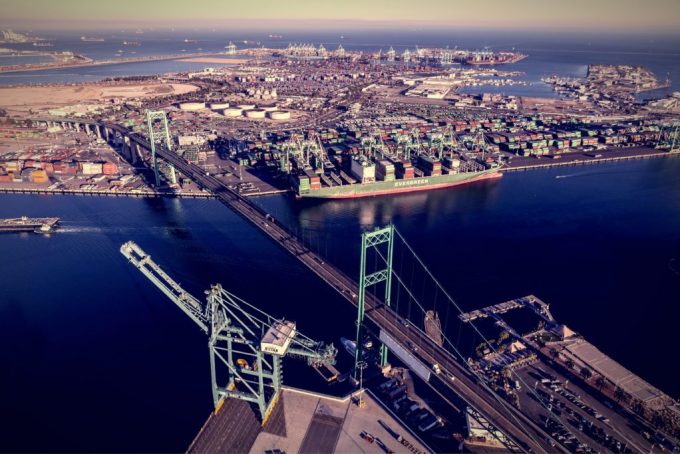AIT Worldwide acquires Miami-based forwarder
PRESS RELEASE Apr 22, 2025 11:04 AM Eastern Daylight Time AIT Worldwide Logistics acquires Miami-based forwarder, GSDMIA, ...

Beneficial cargo owners have begun to move traffic back to US west coast ports from the east.
The western gateways lost volumes to ports on the east and Gulf coasts after concerns of potential lockdowns or congestion.
The return is driven partly by rising confidence that serious disruptions will not occur, and partly as a result of cost pressure.
The twin gateways of Long Beach and Los Angeles have seen steep drops in container volumes. Throughput at LA was down 22% year on ...
Maersk u-turn as port congestion increases across Northern Europe
Apple logistics chief Gal Dayan quits to join forwarding group
Maersk Air Cargo sees volumes fall as it aims for 'margin in favour of revenue'
Airlines slash freighter capacity post-de minimis, but 'the worst is yet to come'
Houthis tell Trump they will end attacks on Red Sea shipping
Transpac rates hold firm as capacity is diverted to Asia-Europe lanes
MSC revamps east-west network as alliance strategies on blanking vary
India-Pakistan 'tit-for-tat' cargo ban sparks sudden supply chain shocks

Comment on this article